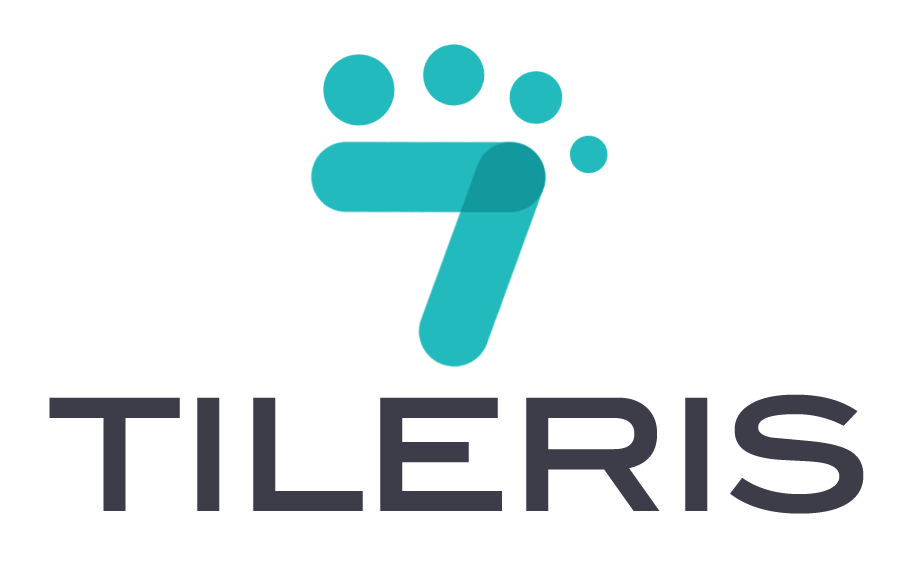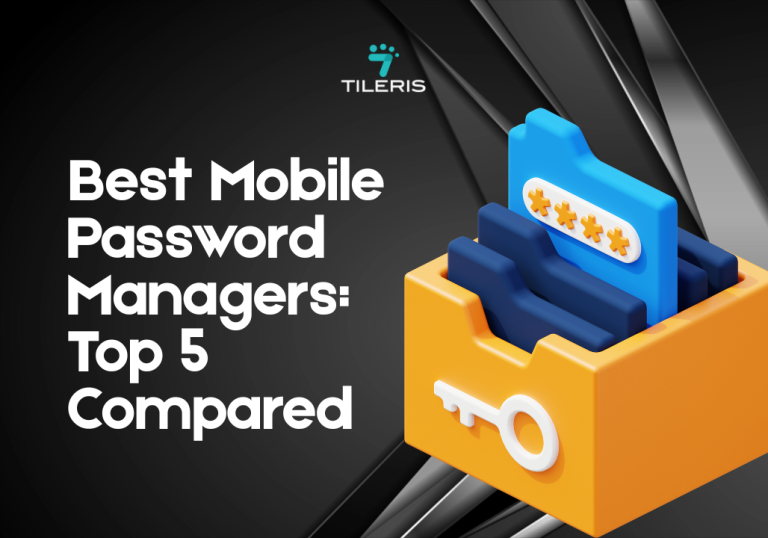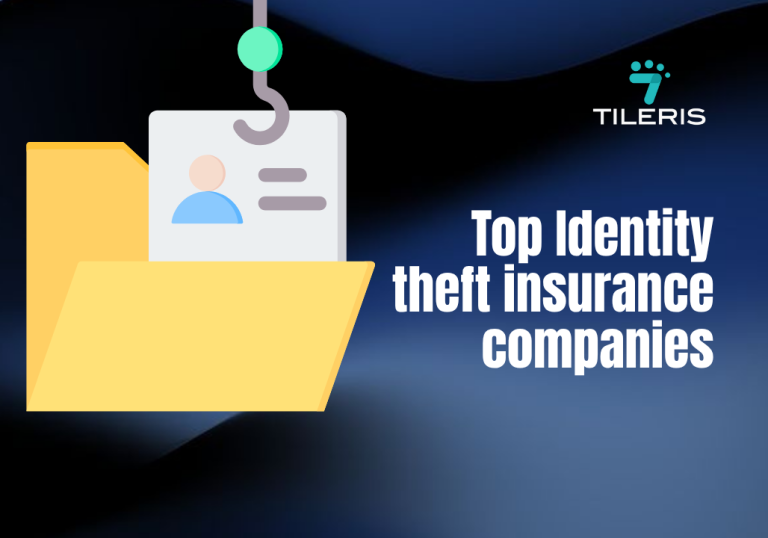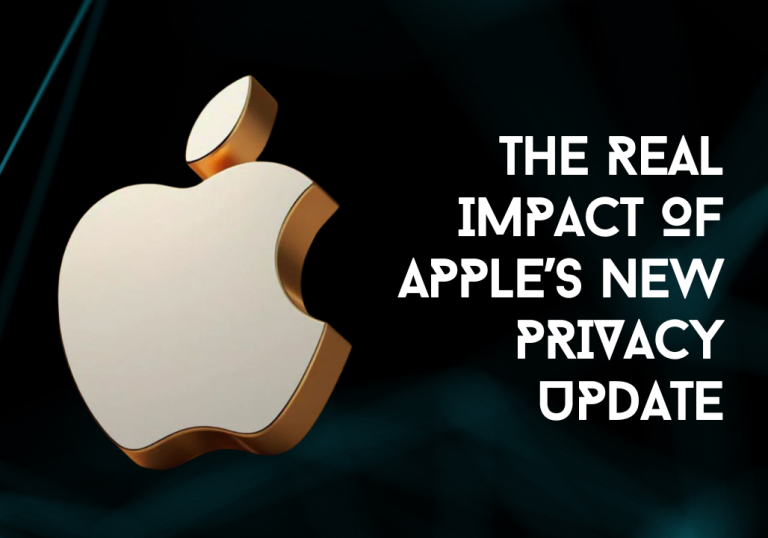Email Encryption Performance: Impact and Optimization
Introduction
Imagine this: It’s 9:00 AM. A critical business deal hangs in the balance, and you need to send an urgent, sensitive document to a client. You click “send,” but your email client grinds to a halt. The encrypted message sits, while seconds tick by like minutes. Many people believe that strong security automatically means slow performance. This simply isn’t true. You can maintain top-tier security for your communications while improving their speed and overall email encryption performance. This guide will provide clear, actionable email security performance optimization techniques. You will learn how to improve your email encryption performance and truly elevate your email security performance optimization efforts.
Why Encryption Slows Down Email
It’s a common misconception that encryption is “free” in terms of performance. Every bit of data you encrypt or decrypt requires computational effort. This processing overhead is the main reason why you might experience slowdowns in email encryption performance.
When you encrypt an email, your computer (or email server) must perform complex mathematical operations. It transforms readable data into a scrambled, unreadable format. When the recipient opens it, their system performs the reverse operation. This requires CPU cycles and memory, especially for large files. It’s like putting items through airport security vs. walking through a regular door. The security check takes time and resources, impacting your overall email encryption performance.
The key is to use efficient algorithms and recognize that not all data needs the highest level of encryption. A slight reduction in a large setting might yield significant speed gains without compromising necessary security. It’s like passing some of the luggage and passing others through the door. This approach is central to effective email security performance optimization.
Actionable steps you can take:
- Assess Your Data’s Sensitivity: Not every email needs military-grade encryption. Understand the sensitivity of the information. Simple TLS (Transport Layer Security) might be enough for general business emails, while highly confidential documents require end-to-end encryption.
- Understand Algorithm Efficiency: Some encryption algorithms are faster than others. Modern standards like AES (Advanced Encryption Standard) are highly optimized for speed while remaining incredibly secure. Older or less efficient algorithms can cause more overhead.
- Prioritize CPU: Since encryption is CPU-intensive, ensure your email client and operating system aren’t bogged down by other demanding applications. Closing unnecessary programs can free up resources.
- Hardware Acceleration: Look for solutions that can leverage hardware acceleration (like Intel AES-NI instructions). This offloads cryptographic tasks from the main CPU to dedicated hardware, significantly speeding up the process. This can lead to performance improvements of 10-15% for encryption tasks, directly boosting your email encryption performance.
Think of it like putting items through airport security versus walking through a regular door. The security check (encryption) takes time and resources, but it’s essential for sensitive items. For everyday items, you might opt for a less rigorous, faster pathway.
Choosing the Right Encryption Method: Speed vs. Strength
Not all encryption methods are created equal in terms of email encryption performance. The specific algorithm and key length you choose directly impact how fast your emails get encrypted and decrypted. Older encryption standards, or those designed for extreme security in specific contexts, might be slower than modern, balanced alternatives. For instance, using very long key lengths or certain cryptographic modes can add significant computational load, hindering email encryption performance.
The sweet spot lies in choosing algorithms that offer excellent security without an undue performance penalty. AES-256 is generally the industry standard, providing robust security with good performance. This choice is vital for email security performance optimization.
Actionable steps you can take:
- Standardize on AES-256: If your email client or encryption software allows, configure it to use AES-256 (Advanced Encryption Standard with a 256-bit key). This is highly secure and generally efficient, enhancing email encryption performance.
- Avoid Legacy Algorithms: Deprecate or avoid older, less efficient algorithms like or certain complex RSA key sizes for bulk encryption, as they are significantly slower and may offer diminishing security returns compared to AES.
- Review Software Defaults: Many modern email clients and security tools default to optimal settings. Ensure your chosen secure email solutions are updated and configured to use efficient, current standards.
- Use Optimized Implementations: Some encryption libraries are better optimized for performance. Reputable email security software typically uses these efficient implementations. Choosing well-supported, widely used tools helps here. Opting for optimized algorithms can often lead to speed boosts of 20-30% compared to older methods.
It’s like choosing between a high-performance sports car and a tank for daily commuting. Both offer security (the tank more so!), but the sports car (AES-256) offers a better balance of speed and necessary safety for everyday use because it is lighter , boosting your email encryption performance.
Server and Hardware Optimization
The underlying hardware, both on your local machine and your email server, plays a crucial role in email encryption performance. Insufficient processing power can turn encryption into a frustrating exercise. If your computer or the email server handling the encryption lacks sufficient CPU power or fast memory, the operations will take longer. This is particularly true for organizations handling a high volume of encrypted emails, directly impacting their email encryption performance. Investing in more powerful hardware or leveraging specialized components can dramatically improve encryption and decryption speeds. This is a key part of email security performance optimization.
Actionable steps you can take:
- Upgrade Your Local Hardware: For individual users, ensuring your desktop or laptop has a modern CPU and sufficient RAM (8GB or more) can significantly reduce encryption/decryption times. A Solid State Drive (SSD) instead of a traditional Hard Disk Drive (HDD) also helps with overall system responsiveness.
- Server-Side Enhancements: For businesses with on-premise email servers, consider upgrading server CPUs to newer generations that include hardware acceleration for encryption (e.g., Intel AES-NI). More RAM and faster network interfaces on the server can also help.
- Dedicated Encryption Processors (HSMs): For very high-volume or extremely sensitive environments, Hardware Security Modules (HSMs) or specialized cryptographic accelerators can offload encryption tasks entirely, providing massive performance gains and enhanced security. This can lead to performance improvements of up to 40% in high-volume scenarios, improving email encryption performance.
- Cloud-Based Solutions: Migrate to cloud-based email security solutions. These providers often have highly optimized, powerful server infrastructures dedicated to handling encryption efficiently, reducing the burden on your local hardware.
It’s like upgrading from a bicycle to a motorcycle for faster travel. More powerful “engines” (CPUs and dedicated hardware) mean you can process complex tasks (encryption) much more quickly and smoothly.
Email Size and Attachment Management
The sheer volume of data you’re encrypting has a direct impact on the time it takes. Large email bodies or, more commonly, sizable attachments, require substantial computational effort. This impacts email encryption performance. Encrypting a 50MB video file takes more time and resources than encrypting a small text email. Each byte of data must be processed, and this scales with file size. If you’re frequently sending large attachments, this will be a major contributor to slow email encryption ilperformance.
By reducing the amount of data that needs to be encrypted, or by moving large files off the email channel, you can dramatically improve speed. This is a crucial element of email security performance optimization.
Actionable steps you can take:
- Compress Attachments: Before encrypting and attaching large files, compress them using standard tools (like .zip or .7z). This reduces the file size, meaning less data for the encryption algorithm to process. A 50% reduction in file size could mean a 20-30% faster encryption time.
- Use Secure Cloud Storage: For very large files , instead of attaching them, upload them to a secure, encrypted cloud storage service. Then, send only a secure, encrypted link to the recipient via email.
- Password-Protect Cloud Links: Even with encrypted cloud storage, consider adding an extra layer of protection by password-protecting the shareable link and sending the password via a separate, secure channel (e.g., a phone call).
- Clear Out Bloat: Regularly clean your email drafts and outbox, and avoid including unnecessary content in emails that might slow down the encryption process. Those are bloats
Think of it as packing a suitcase efficiently versus just stuffing everything in. A well-organized, compressed suitcase (smaller file) is easier and faster to carry (encrypt and transmit) than an overstuffed, bulky one.
Network and Bandwidth Considerations
Even if your encryption process is fast, the actual transmission of the encrypted email can be held in traffic by your network connection. Encrypted data still needs to travel across the internet, impacting email encryption performance. While encryption itself doesn’t significantly increase file size, the overhead from security protocols and potentially slightly larger encrypted packets can demand more from your network. A weak or congested internet connection will expose this as a performance issue, directly affecting email encryption performance.
Ensuring a stable, fast, and optimized network connection is crucial for smooth email encryption performance, especially when dealing with larger encrypted messages. This falls under comprehensive email security performance optimization.
Actionable steps you can take:
- Use a Stable Internet Connection: Prioritize wired (Ethernet) connections over Wi-Fi when possible, especially for sending critical, large encrypted emails. Wired connections generally offer more stability and lower latency.
- Upgrade Bandwidth: If your business frequently sends large encrypted files, consider upgrading your internet service provider (ISP) plan to one with higher upload and download speeds. More bandwidth means faster data transfer.
- Optimize Network Settings by:
- Reducing Network Congestion: Avoid simultaneously running heavy network-using applications (e.g., large downloads, video streaming) when sending critical encrypted emails.
- Using Quality Routers/Modems: Ensure your networking hardware is up-to-date and performing optimally.
- Using a VPN Impact: If using a VPN, ensure it’s a high-performance service. While VPNs add security, they can also add latency. Test your encryption performance with and without the VPN.
- Server Proximity (for Businesses): For self-hosted email servers, consider optimizing server location relative to your main users or using Content Delivery Networks (CDNs) for encrypted attachments to reduce latency. This can boost overall email transfer speeds by up to 15-20%.
It’s like choosing the fastest internet plan for streaming movies. Even if your movie player (encryption software) is super-efficient, a slow internet connection (poor bandwidth) will still result in buffering (slow transmission).
Conclusion
Email encryption performance doesn’t have to be a trade-off for robust security. As we’ve seen, common slowdowns stemming from processing overhead, method choices, hardware limitations, attachment sizes, and network conditions all have clear, actionable solutions. By understanding these factors and implementing email security performance optimization techniques, you can ensure your sensitive communications are both protected and efficient.
From choosing the right encryption algorithms and optimizing your system’s hardware to smartly managing email attachments and ensuring a stable network connection, every step adds to a smoother, faster, and more secure email experience. Don’t let slowness stop you from vital security measures. Embrace these strategies, and you’ll find that secure communication can be seamlessly integrated into your fast-paced world.
Don’t let slow encryption hold you back. See how Tileris can streamline your email security performance with expertly tailored solutions. Check out our services and request a demo today! We will help you achieve faster, more cybersecure operations.






